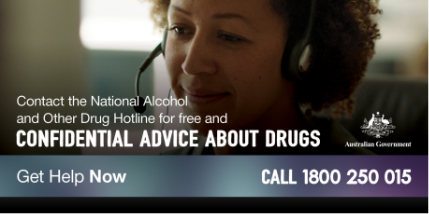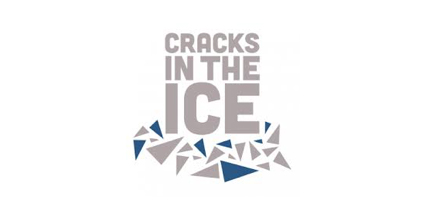Neurological
Acute Toxicity can present with tremor, sweating, dilated pupils, agitation, confusion, anxiety, seizures, hallucinations and serotonin syndrome. Chronic CNS hyperstimulation can lead to frequent headaches, tremors, choreoathetoid movements and seizures, irritability, apathy, depression, anxiety, insomnia, increased impulsivity and impaired judgement.
Dermatological
Injecting can be associated with skin abscesses. Very heavy daily use can be associated with delusion of parisitosis or formication, causing compulsive scratching and risking skin lesions and bacterial cellulitis.
Respiratory
Smoking methamphetamine can lead to respiratory problems, lung damage and disorders such as pulmonary oedema, bronchitis, pulmonary hypertension and granuloma6.
Cardiovascular
Acute Toxicity is associated with narrow-complex tachycardias, palpitation, systemic hypotension or hypertension and dyspnoea as well as haemorrhagic strokes in young people. Chronic use is associated with chronic hypertension, aortic dissection, acute coronary syndromes, pulmonary arterial hypertension and methamphetamine-associated cardiomyopathy and strokes.
Hepatic
Acute kidney injury, rhabdomyolisis and acute liver injury including hepatic necrosis, has been reported, even in the absence of hepatitis7.
Dental/Oral Health
Severe tooth decay, oral soft tissue inflammation and breakdown is reported. Although evidence suggests this is largely due to lifestyle factors associated with drug use, such as malnourishment8, 9.
Sexual and Reproductive Health
Methamphetamine use has been associated with increased transmission of sexually transmitted infections10. In women of reproductive age, long-term use of methamphetamine can cause irregular menstruation11, which may result in unplanned pregnancy. Psychostimulants can cross the placental barrier to affect the foetus during gestation, and may also be present in breast milk. Women who use methamphetamine regularly are advised not to breastfeed.










